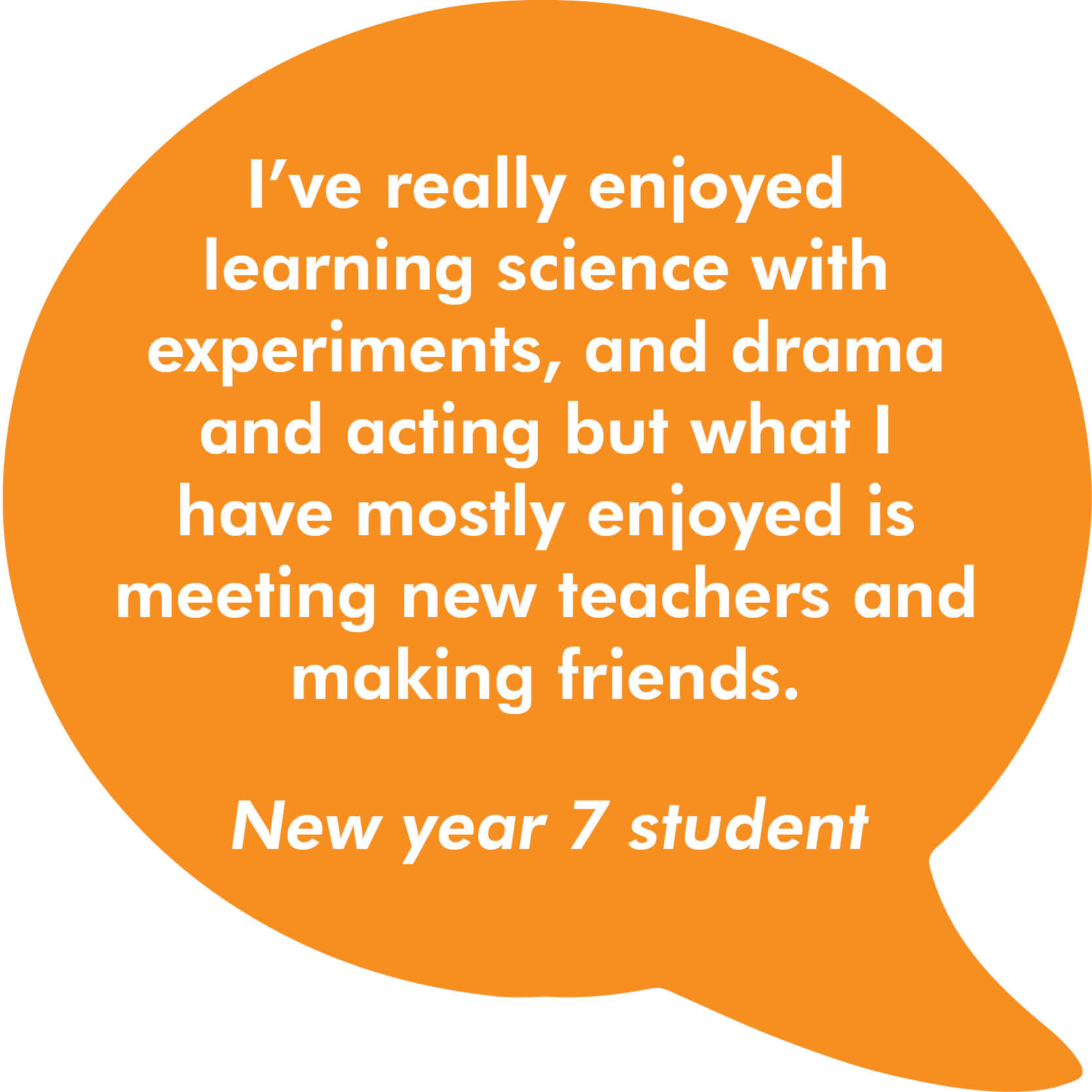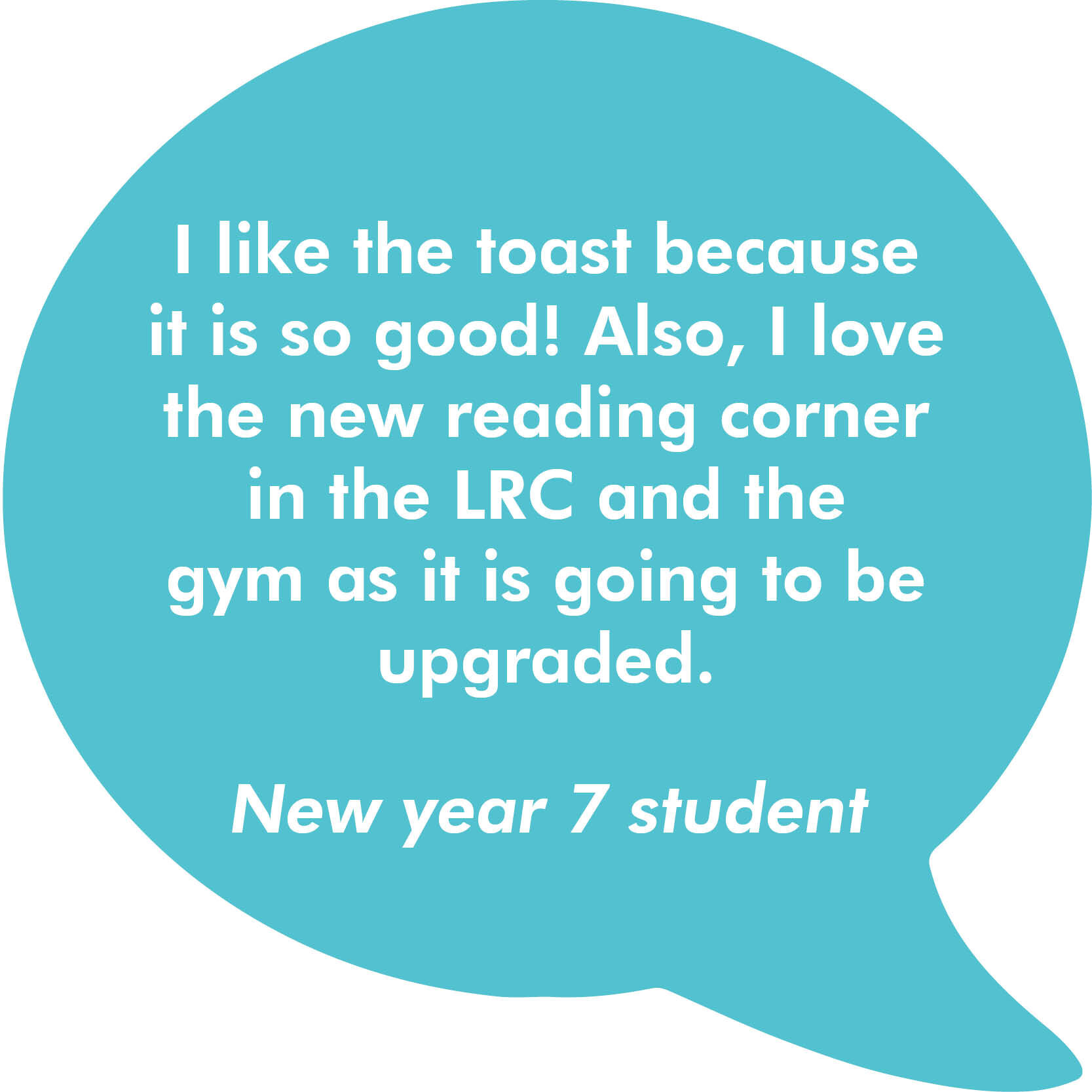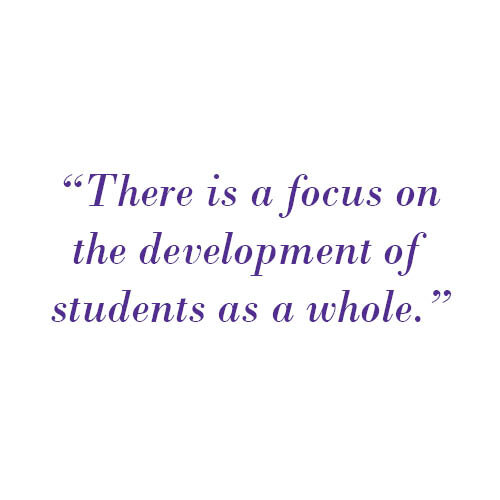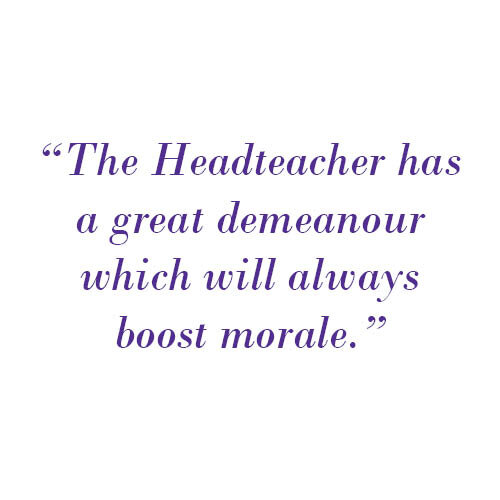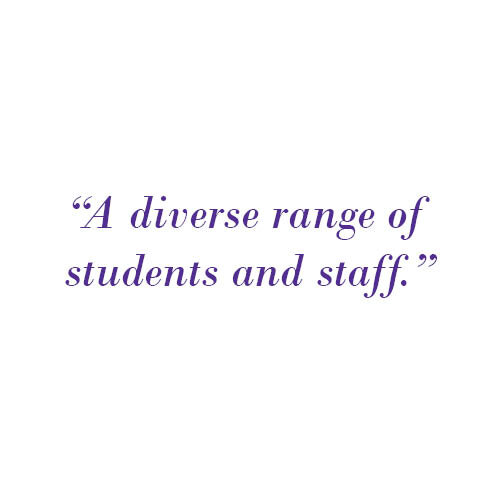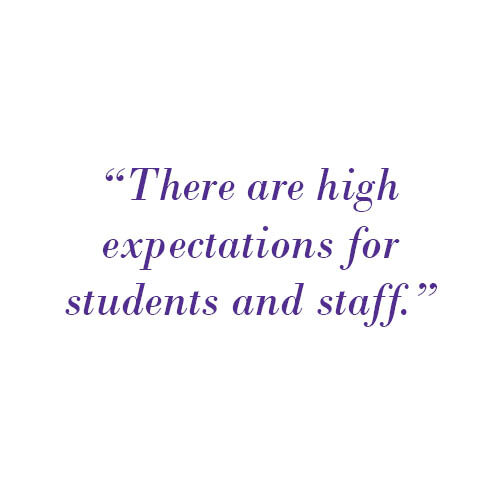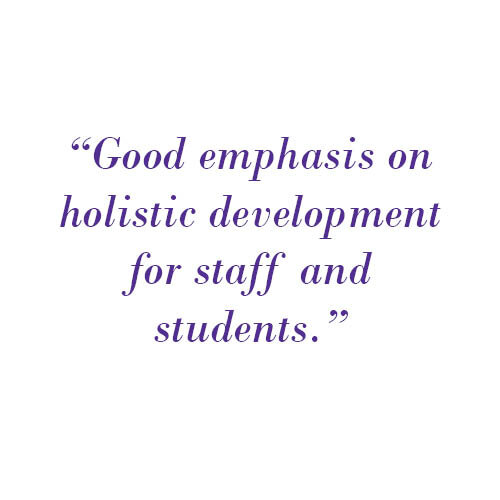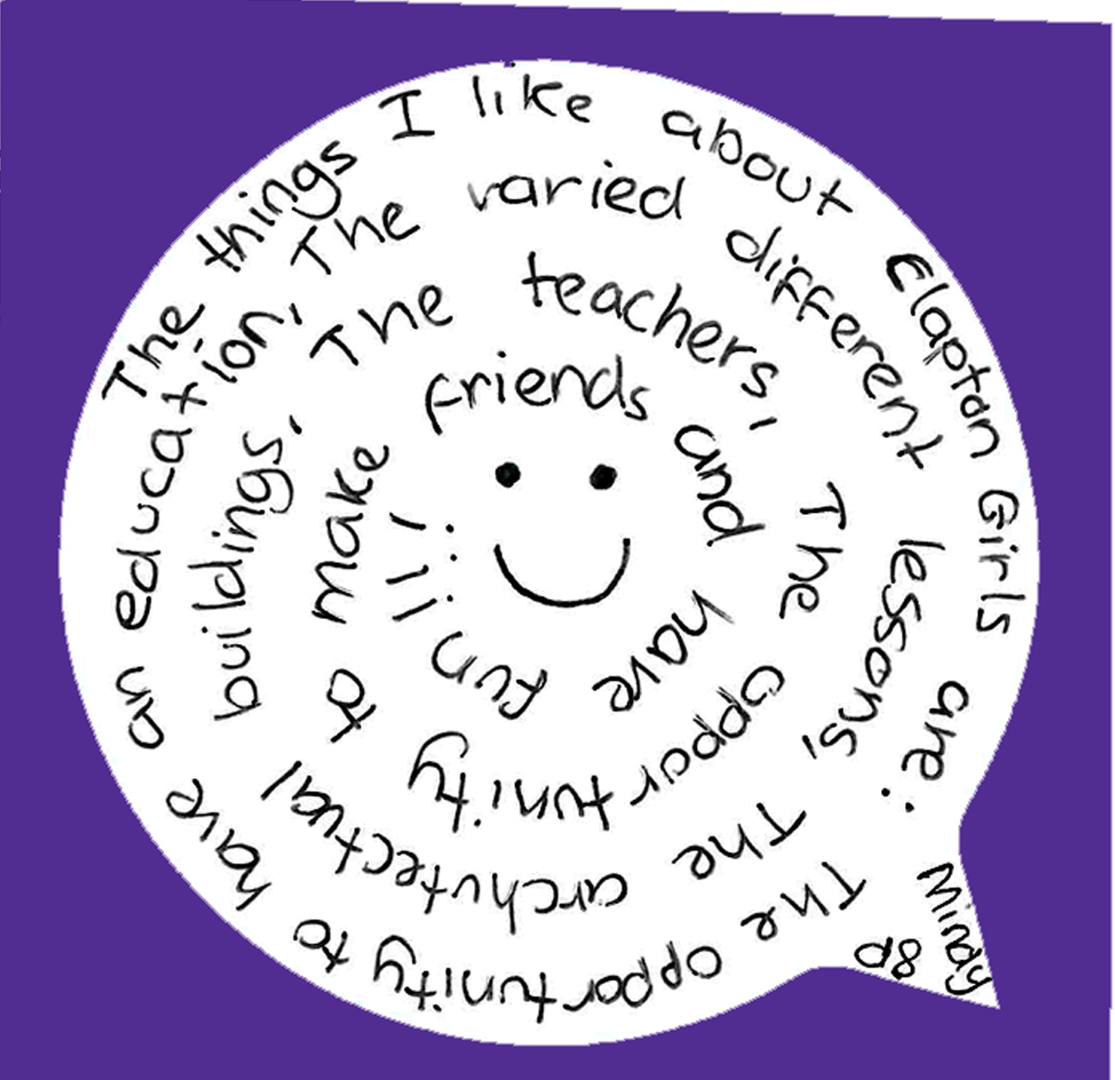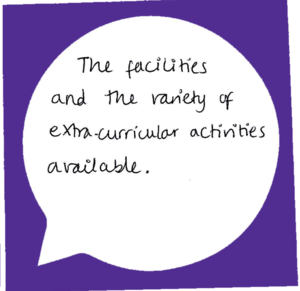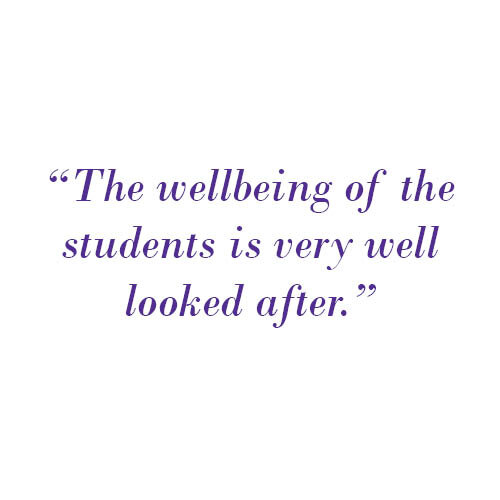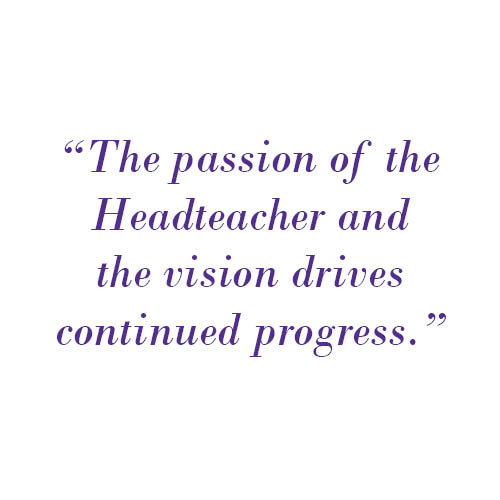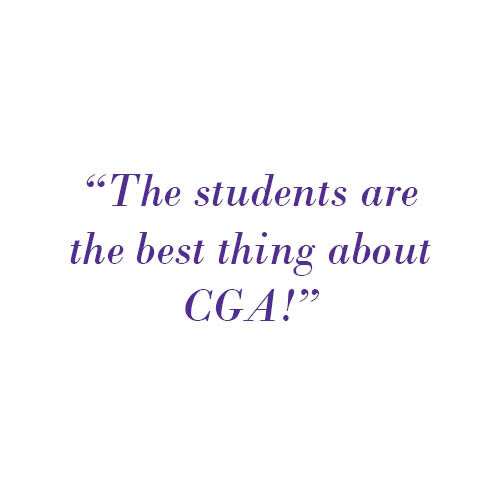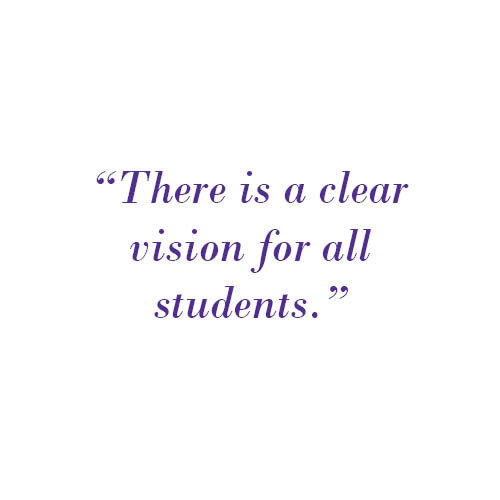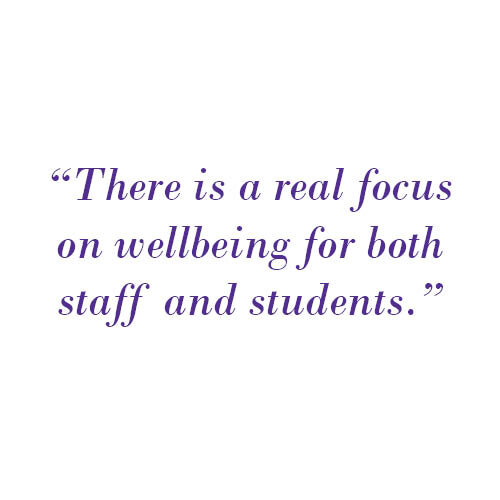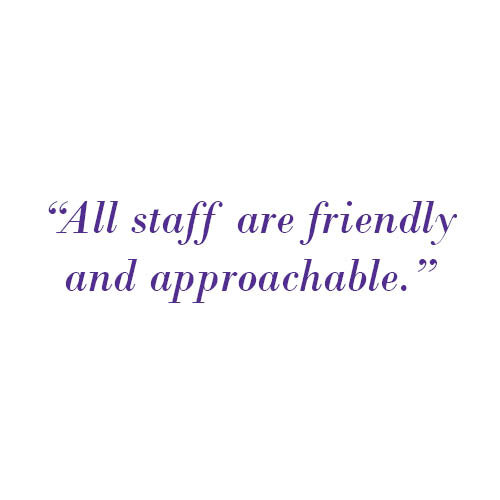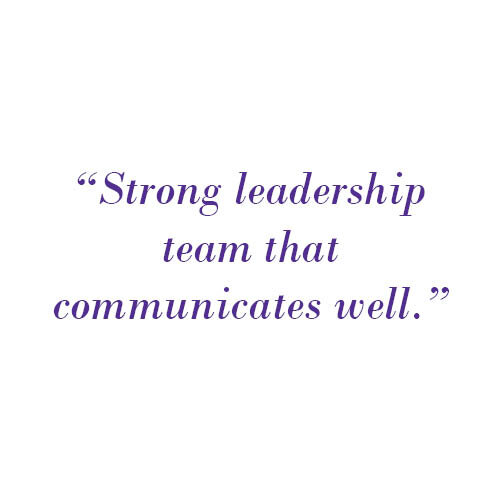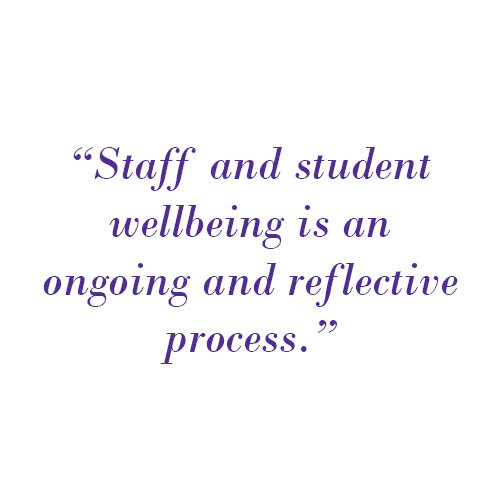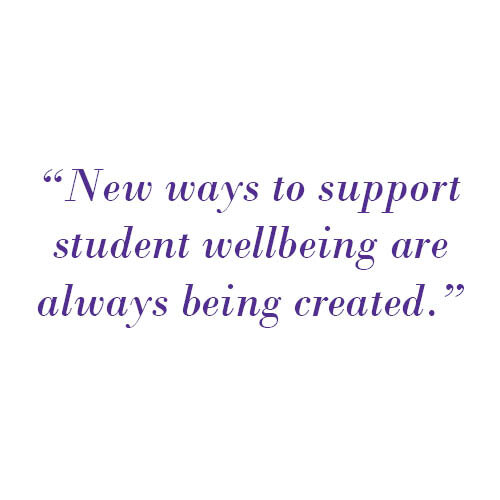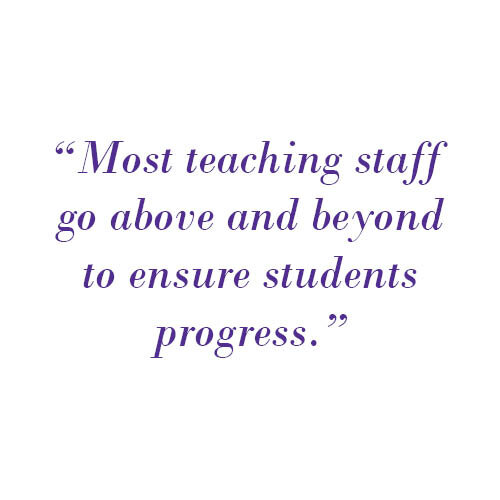Future Leaders
We are proud to be a founding member of the International Coalition of Girls’ Schools.
Why Choose a Girls’ School?
Choosing the right school for your child is a very important decision.
Girls can benefit tremendously from being in a school like ours that provides an education uniquely tailored to their needs and development. Girls’ schools celebrate learning without social distractions, offering an environment in which girls are more likely to display their intelligence and curiosity. Students benefit from being taught by teachers who have significant experience of teaching girls and whose approaches are tailored to their needs.
Academic Achievement
Girls from girls’ schools achieve higher grades at both GCSE and A-level compared to girls in co-educational (mixed) schools. Single sex schools for girls dominate the top of the exam results league tables. Research shows that in co-ed schools boys receive more attention from teachers, to the detriment of girls.
Maturity
Girls and boys mature at different rates. So, when it comes to learning, it makes sense to give each what they need in order for them to flourish. Your child can benefit from being in a school that recognises these differences and provide an education geared specifically to their needs and developmental stage.
Confidence
Girls acquire higher self-esteem and greater self-confidence at a girls’ school. Helping girls feel good about themselves and encouraging them to have faith in their capacity to face challenges is hugely important. With only their fellow girls in the classroom or on the sports field, girls in single sex schools have the space in which their intellectual and physical confidence can blossom. There is a tremendous freedom to be – and become – themselves and to fully explore all the education opportunities available to them. Girls’ schools also create opportunities for appropriate educational risk-taking.
Care & Support
Every school claims to have excellent pastoral care. What’s different about girls’ schools is that we really do understand girls. We understand their friendship dynamics, their preoccupations and occasional silliness, and that some can be timid and overly concerned with being correct. This understanding means we can give the right kind of support and create safe environments in which girls feel comfortable taking risks and asking questions. As a result, they become more resilient and sure of themselves.
Greater Opportunities
In single sex schools, girls don’t just enjoy equal opportunities, they enjoy ALL opportunities, whether it be in the arts, sport, science, expeditions, careers insights or other extra-curricular activities. We believe there should be no limitations on your child’s ambitions, professional and personal.
Tomorrow’s Leaders
Girls' schools help their students to develop broad horizons, offering strong female role models and provide high expectations.
Source - Association of Grant Maintained Girls' Schools (AMGS) & National Coalition of Girls’ Schools (NCGS)
The Proven Power of Girls’ Education
Girls’ Day School Trust Research
Excel Academically: Girls in girls’ schools consistently outperform their peers in other schools academically.
Have Greater Confidence & Emotional Intelligence: Girls in girls' school are more confident and well-rounded young women.
Conquer Stereotypes: girls in all girls’ schools continue to be the driving force behind creating a more equal world; they are citizens who are alive to the world, and have an amazing ability to act as positive agents of change within it.
Love Science and Maths: Girls in girls’ schools are 2.6 times as likely to take Further Maths, and more than twice as likely to take Physics and Computer Science at A level – compared to girls in other schools.
Play the Most Sport: Girls’ schools buck the trend for girls’ participation in male-dominated sports, with more continuing to play them in our schools.
Become Trailblazers: Our girls are, and always have been, firebrands and trailblazing campaigners.
